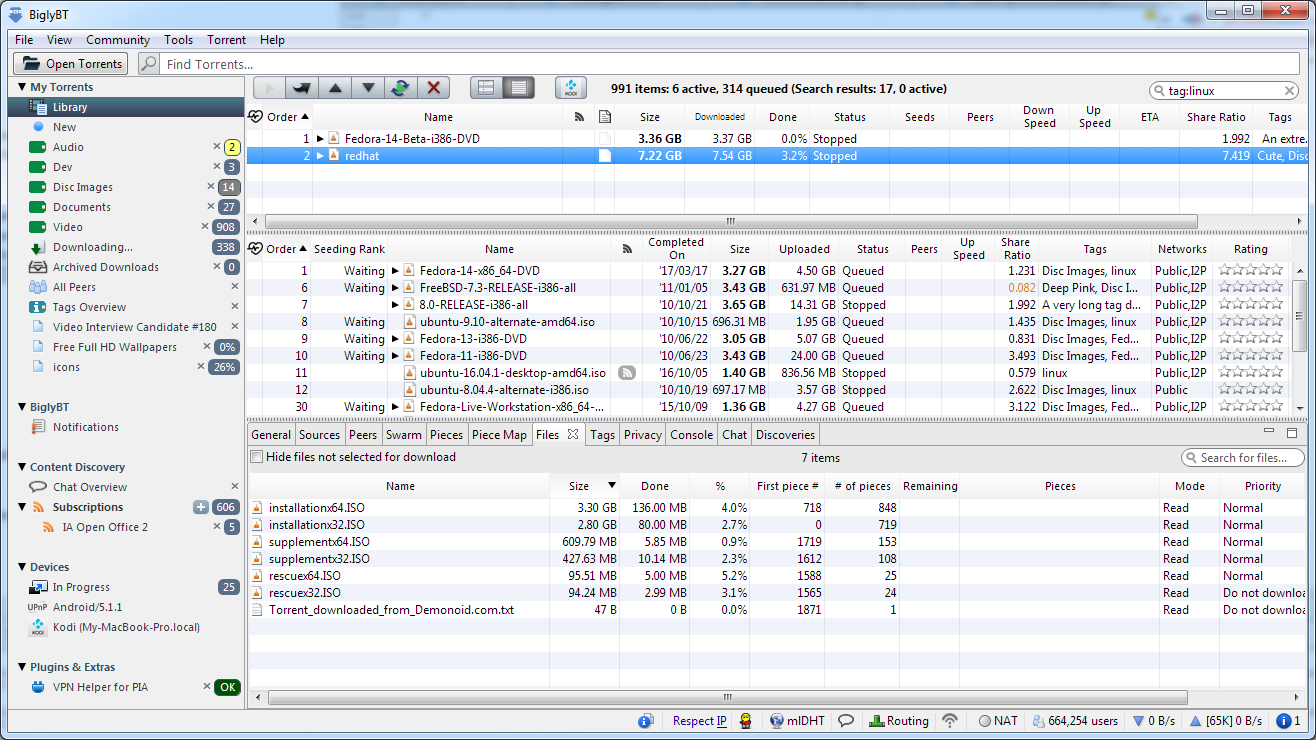

The 16:10 ratio allowed some compromise between showing older 4:3 aspect ratio broadcast TV shows, but also allowing better viewing of widescreen movies. When good quality alternate technologies (i.e., liquid crystal displays (LCDs) and plasma displays) became more available and less costly, around the year 2000, the common computer displays and entertainment products moved to a wider aspect ratio, first to the 16:10 ratio. The 4:3 aspect ratio was common in older television cathode ray tube (CRT) displays, which were not easily adaptable to a wider aspect ratio. On CRTs, there was often a difference between the aspect ratio of the computer resolution and the aspect ratio of the display causing non-square pixels (e.g. The 16:10 aspect ratio had its largest use in the 1995–2010 period, and the 16:9 aspect ratio tends to reflect post-2010 mass-market computer monitor, laptop, and entertainment products displays. The 4:3 aspect ratio generally reflects older products, especially the era of the cathode ray tube (CRT). The favored aspect ratio of mass-market display industry products has changed gradually from 4:3, then to 16:10, then to 16:9, and has now changed to 18:9 for smartphones. ^ 1080 px in height: sometimes actually 1088 lines for technical reasons.^ 540 px in height: sometimes actually 544 lines for technical reasons.^ 360 px in height: sometimes actually 368 lines for technical reasons.They are to display 4:3 pictures ( display aspect ratio (DAR) = 4∶3) but using a storage aspect ratio of 11∶9 (CIF) or 22∶15 (SIF) because originally they were not intended for graphics displays with square pixels like computer screens or many modern televisions. ^ a b c Common Intermediate Format (CIF) and Source Input Format (SIF) are not display standards but "storage standards".Bold display standards are ″fundamental″ standards (PAL, VGA, XGA, HD) or widely used (FHD, 4K).Bold pixel numbers (width) are resolutions of computer display standards like e.g.Overview by vertical resolution and aspect ratio Graphics display resolutions by vertical resolution (height) and storage aspect ratio (SAR) Height (px)ĭisplay width (px), followed by standard classification if available Some graphics displays support multiple resolutions and aspect ratios, which can be changed by the user or by the software. The aspect ratio also affects the field of view and the perceived size of objects on the screen. The most common aspect ratios for graphics displays are 4:3, 16:10 (equal to 8/5), 16:9, and 21:9 (equal to 7/3). The aspect ratio determines how the image is scaled and stretched to fit the screen. The graphics display resolution is influenced by the aspect ratio, which is the ratio of the width to the height of the display. 1920×1080), which represent the width and height in pixels. 1080p), which represents the number of horizontal or vertical pixels, or as two numbers separated by a multiplication sign (e.g. The graphics display resolution can be expressed as a single number (e.g. The graphics display resolution can be controlled by various factors, such as the type of display device, the signal format, the aspect ratio, and the refresh rate. It indicates the number of distinct pixels that can be displayed on a screen, which affects the sharpness and clarity of the image. The graphics display resolution is also known as the display mode or the video mode.
An increase in the pixel density often correlates with a decrease in the size of individual pixels on a display. A graphics display resolution can be used in tandem with the size of the graphics display to calculate pixel density. by VESA) and typically given a name and an initialism that is descriptive of its dimensions. Certain combinations of width and height are standardized (e.g. This information is used for electronic devices such as a computer monitor. The graphics display resolution is the width and height dimension of an electronic visual display device, measured in pixels. A chart showing the number of pixels in different display resolutions


 0 kommentar(er)
0 kommentar(er)
